Cineraria silvery: description, planting and care
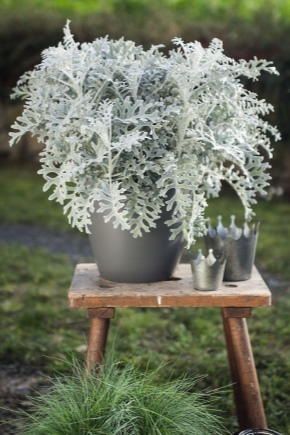
Cineraria silvery is in great demand among gardeners and landscape designers. And this is no coincidence - in addition to its spectacular appearance, this culture has such characteristics as simplicity of agricultural technology, drought resistance, and ease of reproduction. In the article, we will consider the description of this culture, we will analyze the features of planting and care.
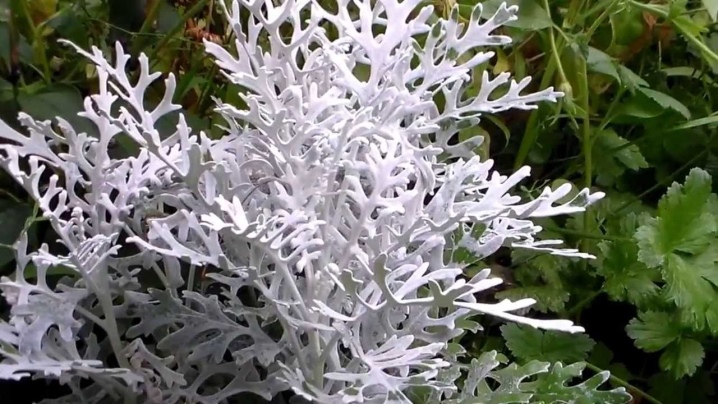
Description
The plant is represented today by a large number of varieties, which allows every connoisseur of attractive crops to choose a plant for their individual preferences. Cineraria can be successfully cultivated not only in open ground, but also in greenhouse conditions, as well as when kept at home on a veranda or windowsill.

Cineraria silvery, another name for the ash-rose, got its name in the light of the appearance of the leaves, on which there is a kind of gray pubescence. Due to this feature, culture is sometimes given a description similar to an openwork cloud. And in different sources you can find several other names of such bushes - seaside or sea cineraria, cineraria maritima and others.

The plant, when developed, is able to form a thick and attractive carpet in the open field, the height of which can be adjusted according to the preferences of the garden owner. Carved leaves of an unusual shape make it possible to use cineraria in joint plantings as the main background, while rooting brighter varieties of flowering crops for flower beds in the foreground.

The height of an adult plant can be up to one meter, but these values vary depending on the variety grown. The stalk of the groundwort stands out for its tendency to branching strongly. The foliage is large, its shape can be lyre-shaped or oval, most often the green mass will be pinnately dissected.
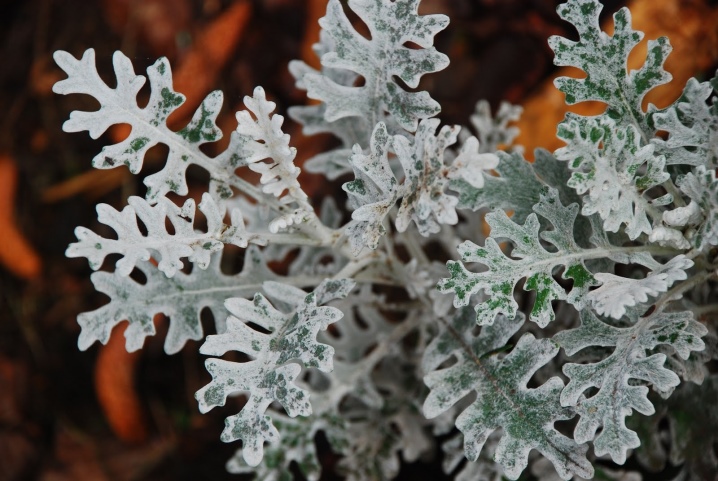
Cineraria throws out corymbose inflorescences, represented by baskets with reed flowers. The heart of flowers includes the presence of several petals located in the central part of the basket. Depending on the variety, the predominant color of the culture will be white, burgundy, red or deep purple. The color of the inflorescences is predominantly yellow. The wild rose enters the flowering phase in June; in comfortable conditions, the growing season lasts until the arrival of the first frosts.
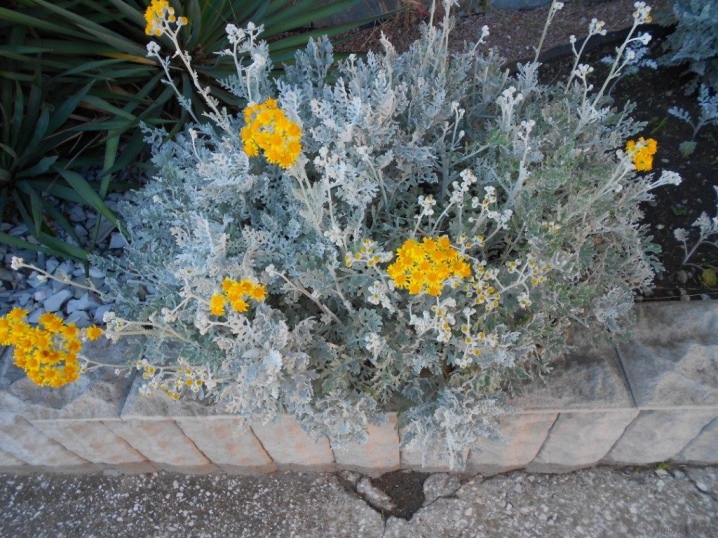
Is it an annual or a perennial?
In its natural environment, cineraria silvery is a perennial. Most often, perennial culture can be found in tropical African latitudes. In other climates, it is customary to cultivate the plant as an annual; in rare cases, biennials can be found in flower beds.
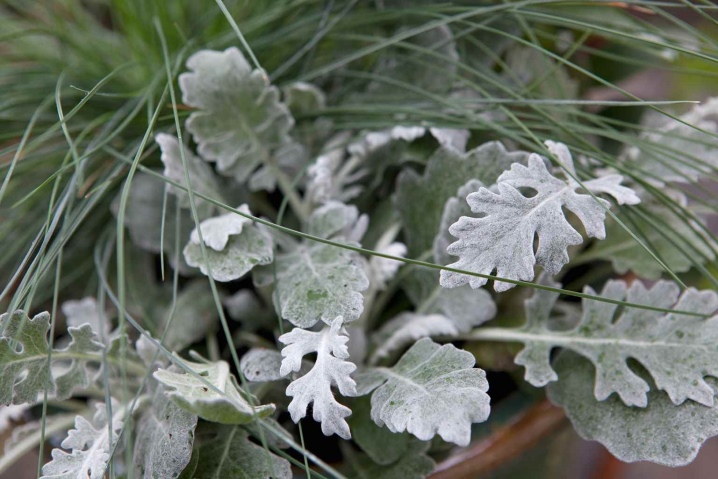
Varieties
Among the available varieties of rosemary, it is worth highlighting the most demanded.

"Silver will give"
Ornamental culture, with a pronounced lacy appearance of the leaves. Silver Dust is a small, densely pubescent plant that becomes more attractive as it grows. The green mass of the variety is carved, the culture will be velvety to the touch, the color is silver. The plant is very often used by amateur flower growers and landscape designers.
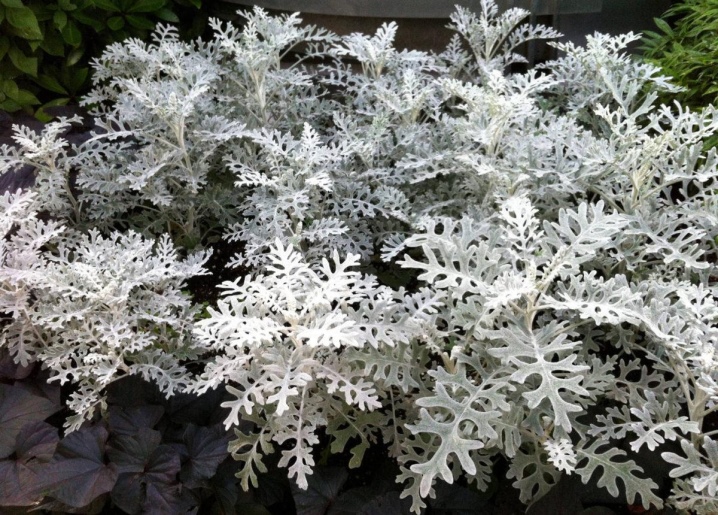
Most often, the culture can be found in border compositions, in flower beds when grown together with other garden flowers.
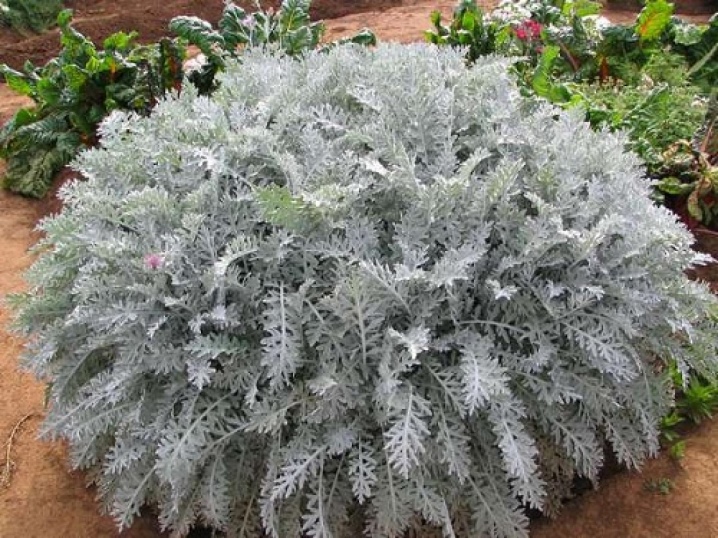
Cineraria bloody
A variety of a universal type that requires special care, since the shrub goes through a rather long growing season. The decorative attractiveness of the plant is emphasized by the small-sized snow-white inflorescences with a red border. Planting crops are usually carried out in winter or early spring.
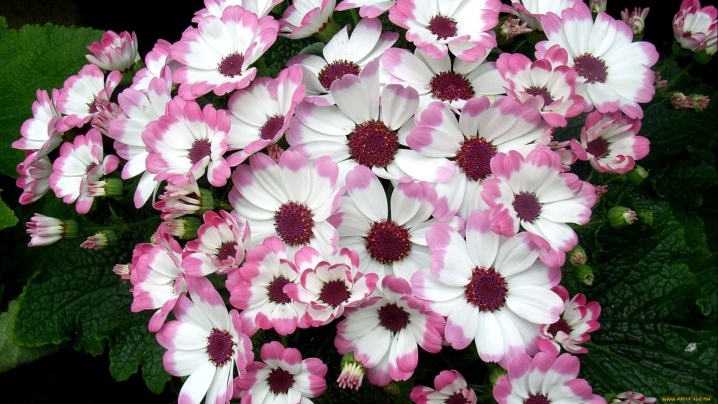
"Stelata"
Hybrid variety of the groundwort. Bloody cineraria was used as the maternal culture of this plant. Among the expressive differences of the new bush, it is worth highlighting another color of the inflorescences - a shade of indigo. On average, the shrub can grow up to 70 centimeters in height, while the culture creates an attractive carpet of large leaves on the ground.
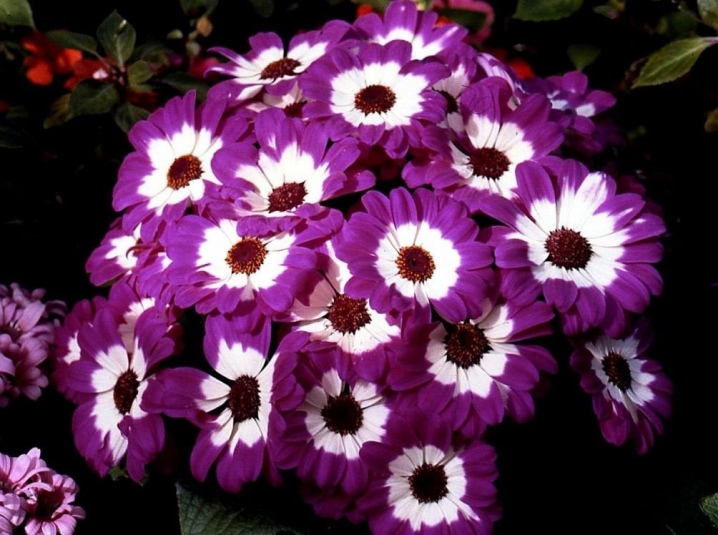
"Nana"
This shrub attracts gardeners due to the presence of beautiful inflorescences that look like chamomile. Besides, the decorative appeal is complemented by the color of the flowers, which are distinguished by a burgundy middle and rich pink petals.
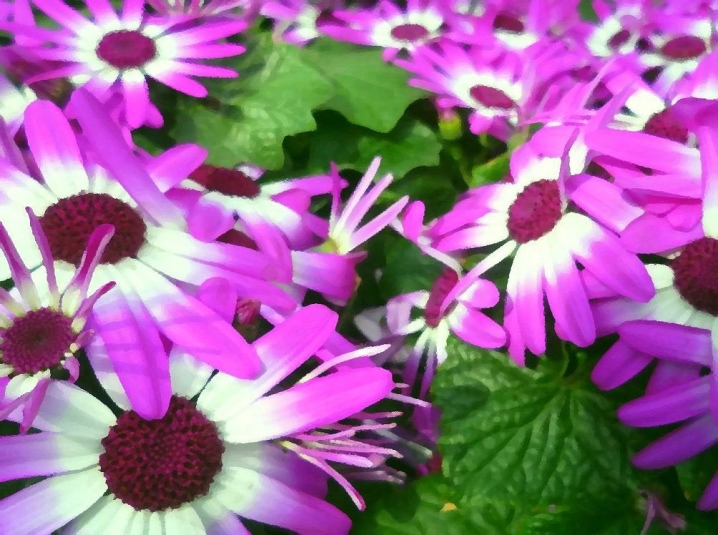
How to plant?
Considering this culture for rooting in your garden, it is worth knowing some of the nuances regarding planting cineraria. Generally all varieties of groundwort adapt well and develop in any soil. However, the plant will feel best in soils enriched with useful microelements with good aeration, without moisture stagnation, which can lead to decay of the root system.
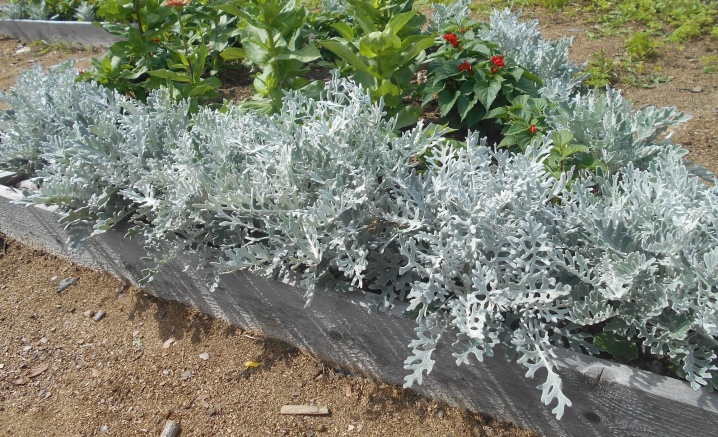
Therefore, before planting, it is recommended to fertilize the selected area with mineral compounds intended for garden flowers. If you plan to plant several shrubs, then the holes for planting need to be prepared in increments of 20-25 centimeters, this also applies to the intervals between the rows. If there is a desire to get a dense continuous carpet of cineraria on the flower bed, then the distance between the seedlings can be reduced.
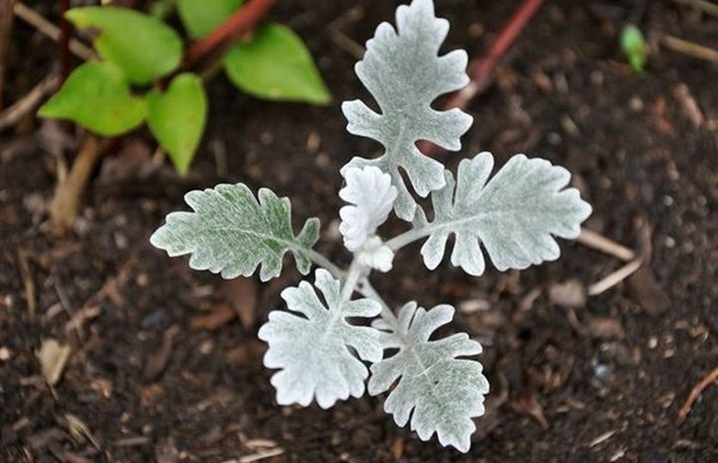
And it will also be more correct to select places for planting plants in the open ground with good access to sunlight, but the groundwort grows well in partial shade.
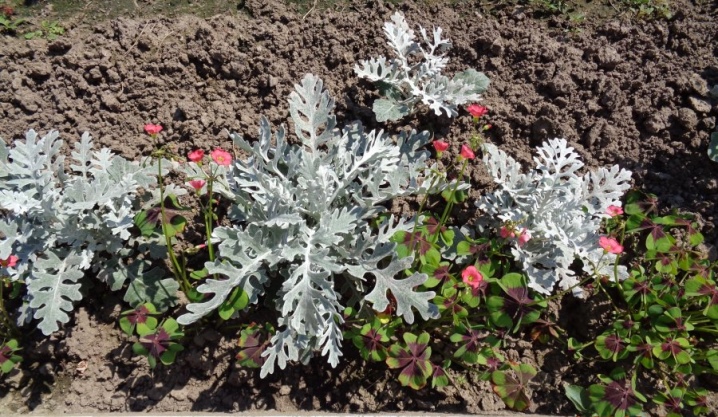
The planting algorithm includes several steps.
- On the site, the required number of holes is dug with a depth greater than the root system of the plants selected for planting.
- Rooting involves placing the cineraria in the middle of the pit, together with an earthen lump. At the same time, you should try to preserve its integrity.
- Further, the soil is compacted, the crops are irrigated.
- If planting is carried out during a period when night frosts are possible, you should take care of the shelter for flowers at night. For these purposes, you can use any non-woven material, garden film.
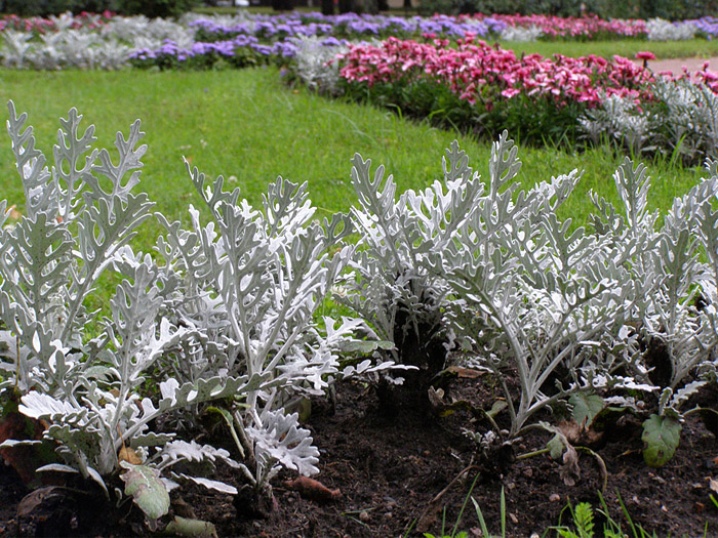
A suitable temperature for the development of cineraria in the open field is + 20 ° C. However, healthy plants that have already passed the adaptation period after planting are able to withstand minor daily differences in thermometer values. The critical temperature for the culture will be + 4 ° C and below. In such conditions, the aboveground part of the plant will begin to die off.
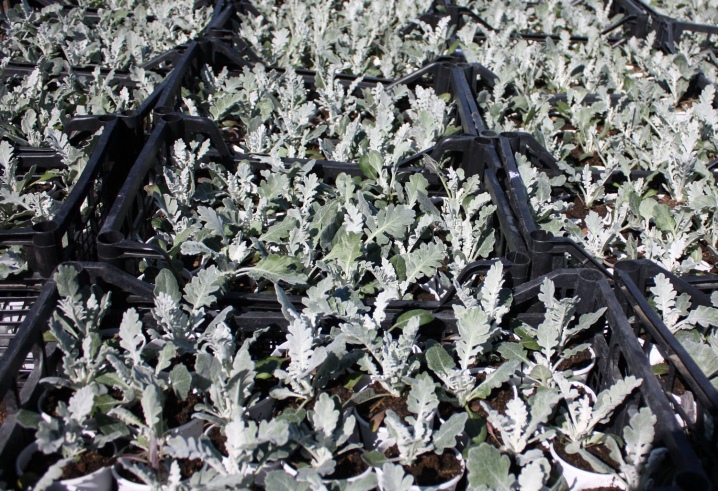
The root system is able to withstand lowering down to -2 ° C.
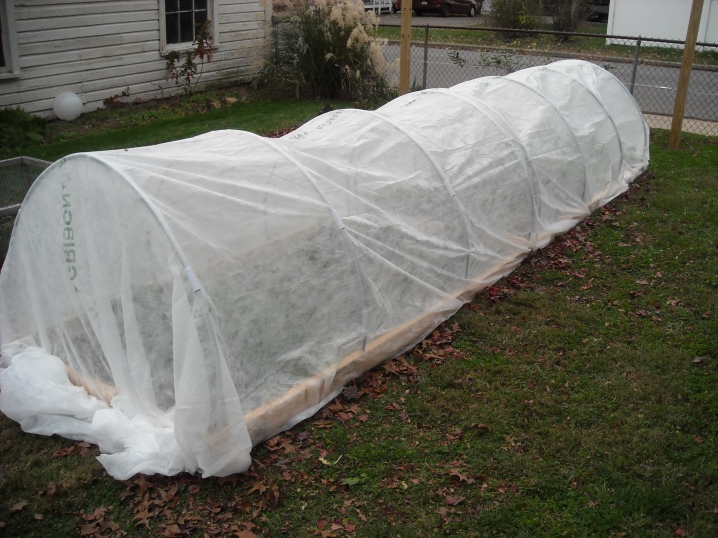
How to care?
In order for the culture to demonstrate the maximum attractiveness, as well as to develop correctly, it will be necessary to perform a number of obligatory agrotechnical measures.
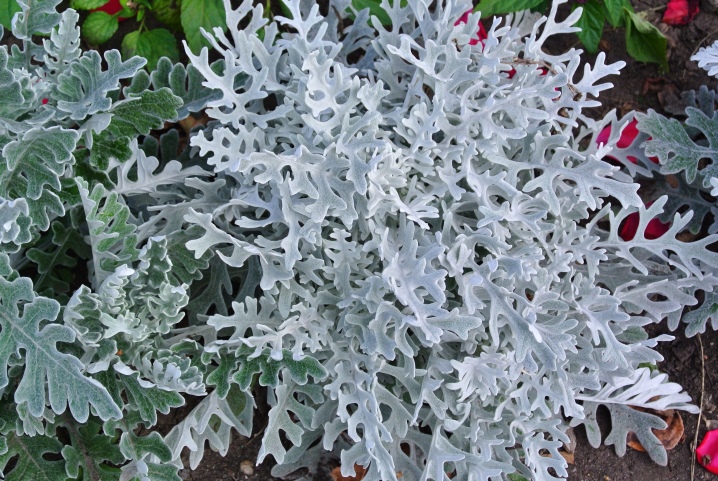
Watering
Cineraria is resistant to drought, therefore, in the middle lane, natural precipitation is usually quite enough for it to feed. but a prolonged lack of watering in any case should still be avoided. It is possible to determine that the plant in the flowerbed does not have enough moisture by the appearance of the aboveground part - the leaves of the wild rose become lethargic, and flowering also stops or does not occur at all.
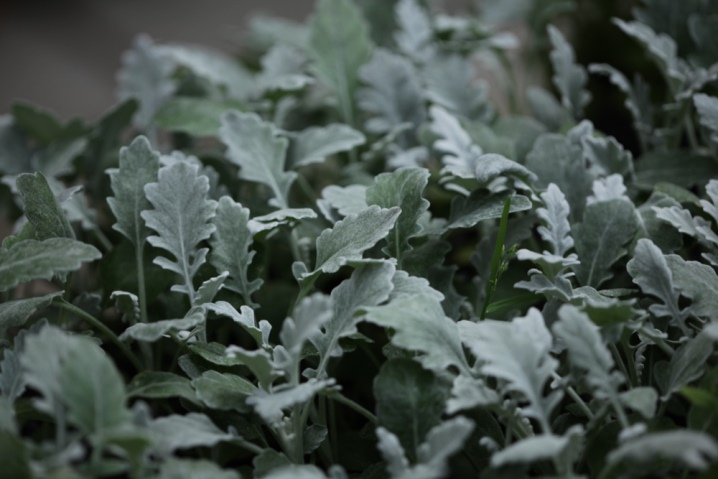
It is most correct to carry out root watering, avoiding moisture on the green mass. For irrigation, it is recommended to take only warm water, previously settled. The liquid should be injected into the aisles, then loosened, remove weeds.

It is worth paying close attention to the amount of watering, since waterlogging of the soil can provoke the development of fungal ailments.

Top dressing
For good flowering and growth, cineraria bushes are best fed additionally. Some gardeners use mineral complexes twice a month. However, for the full development of the plant, one introduction of nitrogen-containing compounds in the phase of active growth will be enough for the plant until the buds are laid in the spring.
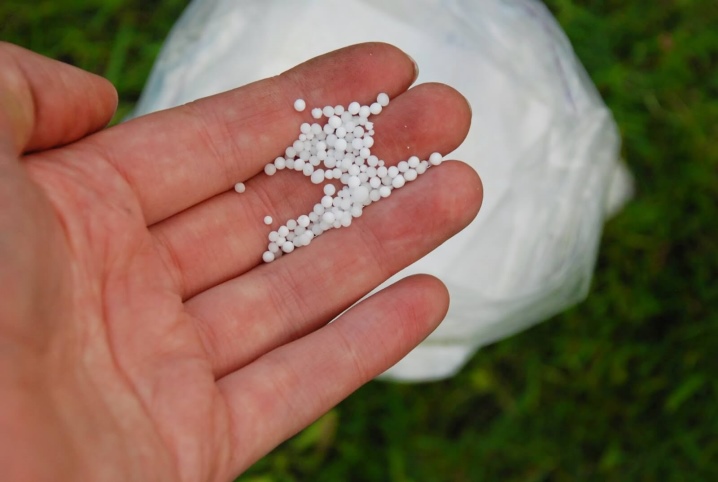
Pruning
In order to grow a beautiful flowering plant in the garden, in the process of caring for cineraria, it is necessary to timely correct the pruning of wilted buds in a timely manner. Such simple manipulations will stimulate the plant to form new ovaries.
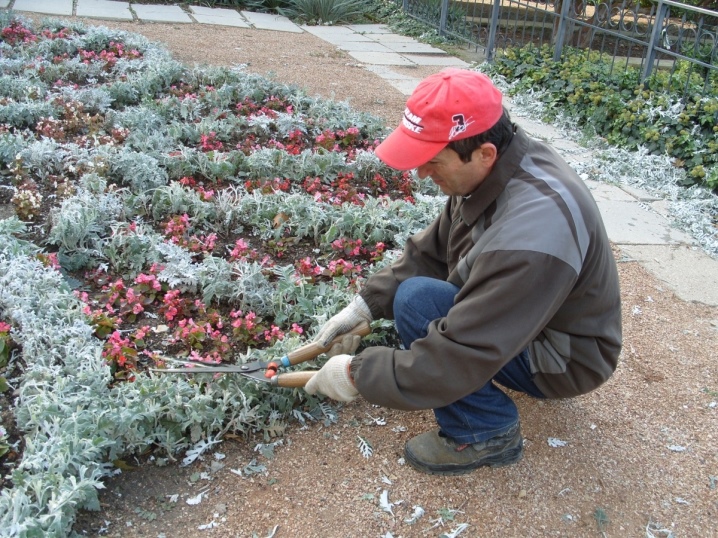
Wintering
In regions with a mild climate, the wild rose bushes can be left in the flowerbed for the winter in order to preserve the culture in the garden for the next year. To exclude unwanted freezing, gardeners usually resort to covering the plant with a layer of mulch, using garden foliage for this. In the spring, the shelter will need to be removed, sanitary pruning of the fragments that suffered in the winter period should be carried out.
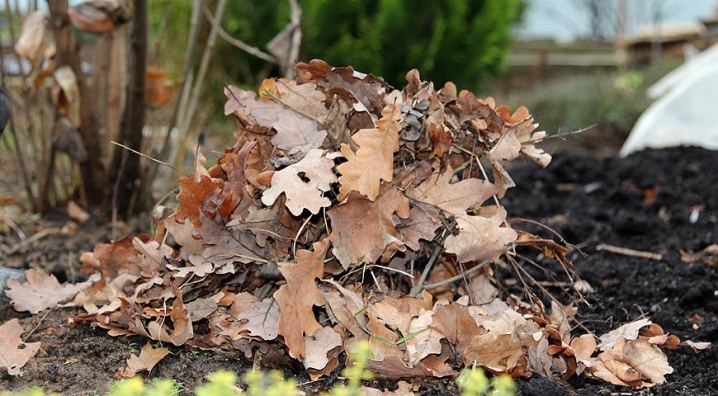
In a harsh climate, with significant drops in temperature in winter, cineraria is usually dug out of flower beds; for storage at home, the bushes are rooted in pots. It is recommended to keep plants in winter at room temperature, while doing occasional watering. In the spring, the groundwort can be transplanted back into the open ground.
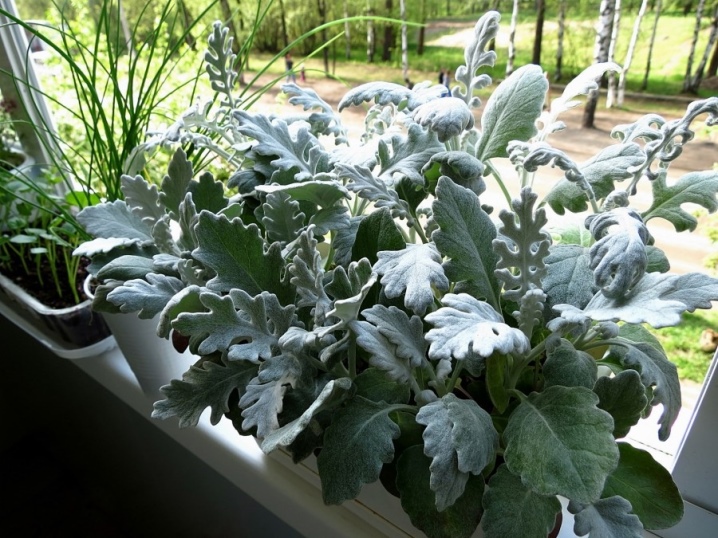
Observing a similar wintering algorithm, silver cineraria can be successfully cultivated even in the Urals and Siberia as a perennial garden plant.

Reproduction methods
The most productive option for obtaining a new plant is the method of growing a wild rose by the seedling method. In the open field, it is quite difficult to create suitable conditions for the growth of a new crop from seeds, so the seeds are germinated indoors. In general, the collected planting material of the groundwort stands out for its high germination rate.
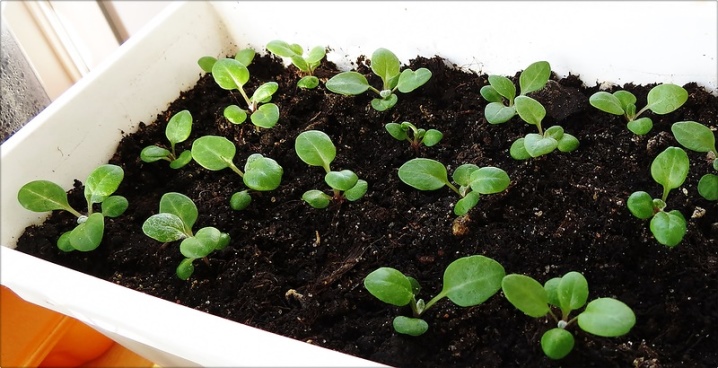
This process requires a number of agrotechnical works.
- First you need to prepare containers and soil for sowing seeds. As a rule, loose and fertile garden soil or purchased substrate mixed with sand in equal proportions is used for these purposes.
- The soil is poured into containers or pots, tamped and moistened, and then the seeds are distributed over the surface. It is not necessary to deepen them into the ground - it will be enough to cover them on top with a layer of sand or damp paper.
- Further, the container with the planted seeds must be covered with glass or transparent film.
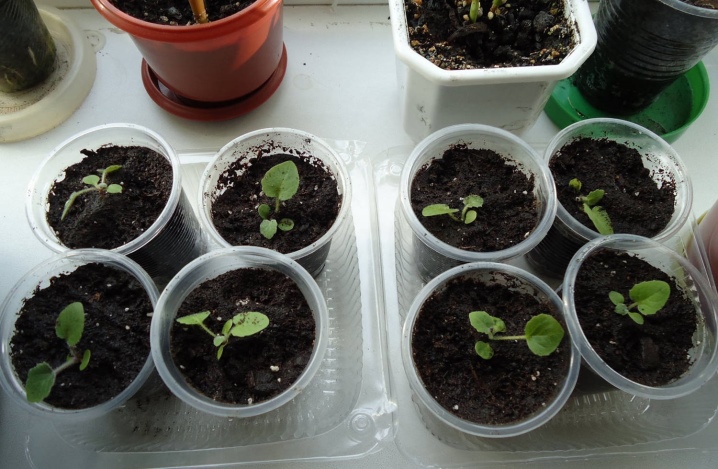
Further care will be to regularly moisten the seedlings by spraying a liquid. The air temperature in the room should be at the level of + 25 ° С. As a rule, the first shoots appear after a week and a half after planting. After the emergence of seedlings, the covering material is removed. Plants need to dive when two true leaves form on them. After transplantation, crops will need fertilization. In open ground, young cineraria can be rooted in May-June, provided that the seedlings have been grown since December.
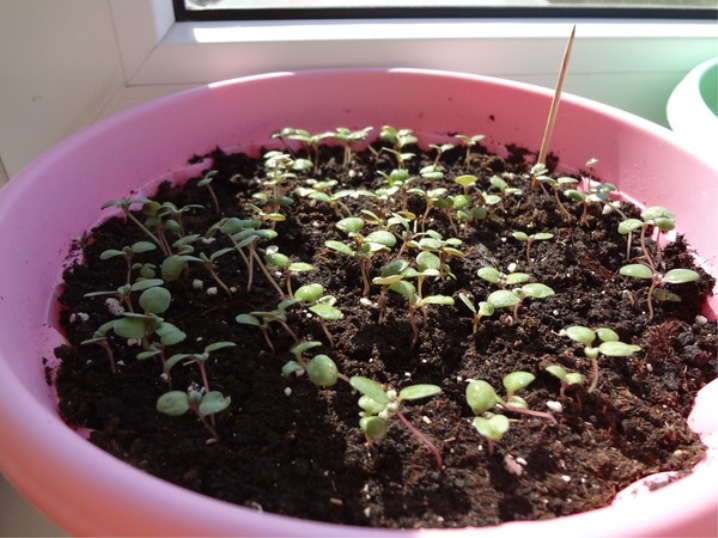
And you can also get a new culture using the method of collecting and planting cuttings. As a rule, work on the procurement of planting material is carried out in the summer, at a time when the groundwort is actively growing. Apical stems, the optimal length of which will be about 10 centimeters, will be suitable cuttings for subsequent cultivation.
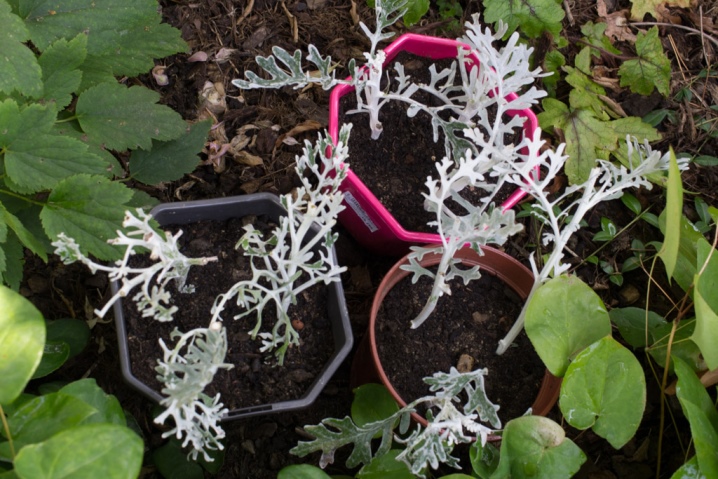
Separate containers with garden soil and sand are prepared for cuttings, and a drainage layer must also be present in the container. Before planting, the cuttings are kept in a growth stimulator for the root system, the planting material is rooted in the ground by one third.For further germination, plants will need to create a mini greenhouse. Caring for cuttings consists of regular watering. After rooting of cineraria, the covering material is removed, the plants are kept cool until the arrival of spring.

You can plant young plants in the garden at a time when the air temperature will no longer be below + 16 ° C. Before transplanting, the groundwort must be gradually accustomed to the street, leaving the container for several hours in the fresh air for hardening.
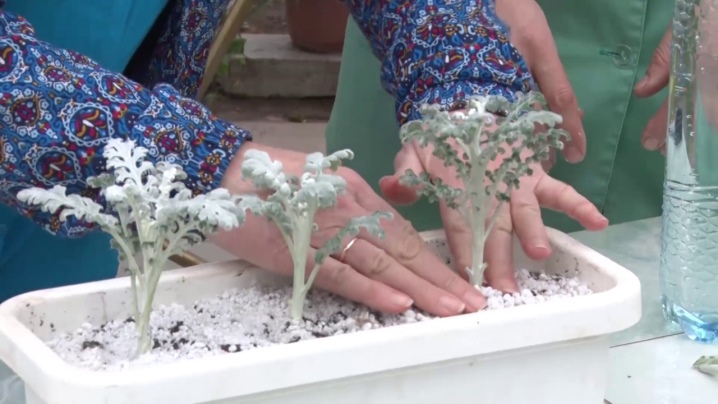
Diseases and pests
The plant is distinguished by its immunity to many diseases. However, prolonged drought or waterlogging of the soil can lead to a decrease in resistance to various types of rot, powdery mildew and rust... If signs of ailment are found on the aboveground part of the culture, it is necessary to treat the cineraria with fungicides, and also to adjust the irrigation regime.
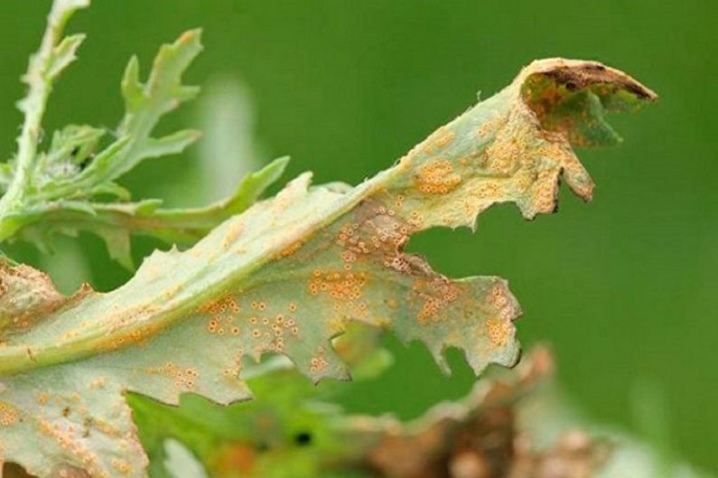
Among the insect pests that pose a danger to the groundwort, it is worth noting:
- aphids;

- spider mite;

- whitefly.
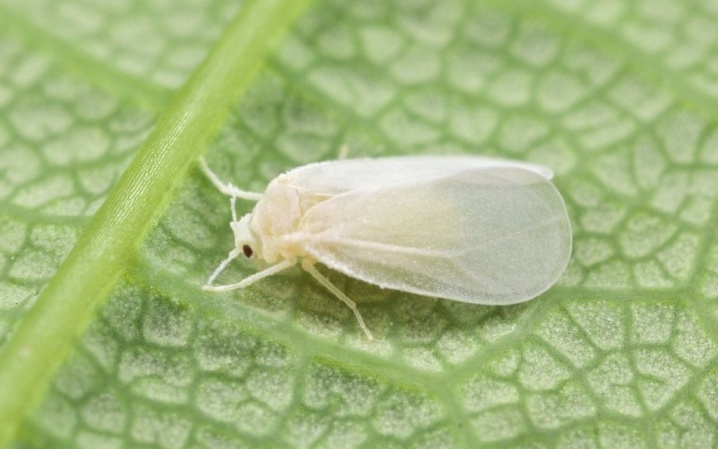
As a rule, such pests attack the plant during periods of intense heat. To destroy dangerous insects in the garden, they resort to spraying the bushes with insecticides.

Use in landscape design
Such a culture is in demand as the main background when creating various kinds of flower arrangements in the garden. Most often, silvery bushes are rooted together with bright and flowering garden plants on alpine hills, in stone gardens.
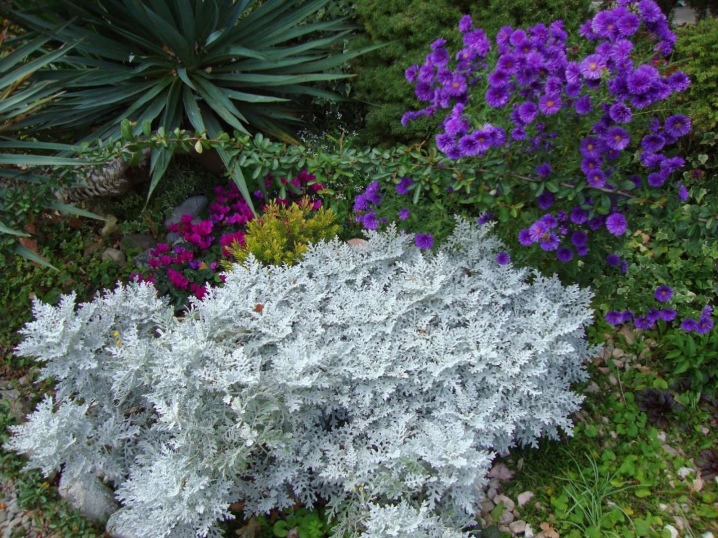
And also cineraria silvery can be used to create original patterns on large areas of the garden. The culture is harmoniously combined with orange or red flowers.

Gardeners prefer to combine the whitish foliage of the shrub with bright colors, in addition, the culture is beautifully complemented by delicate white or pink flowers.
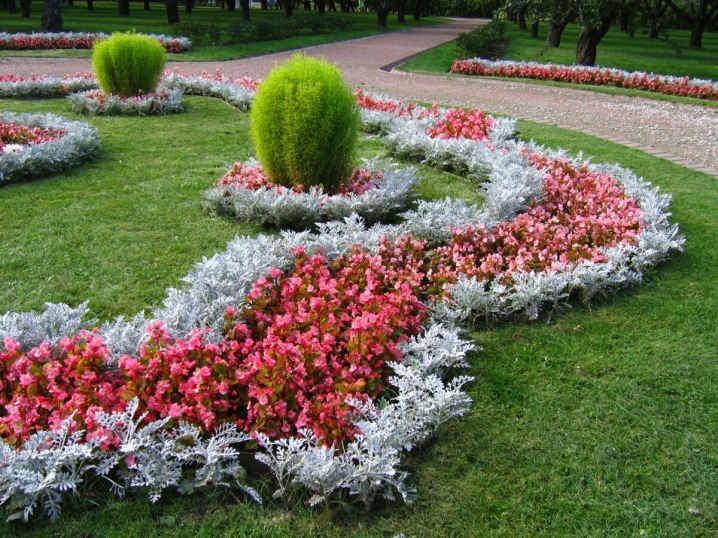
In addition to group plantings, the ground plant in landscape design is found as single plantings in the form of an openwork carpet, which will look laconic and attractive in the flowering phase, before and after it.

You can learn more about the rules for growing silver cineraria from the video below.


































































































The comment was sent successfully.